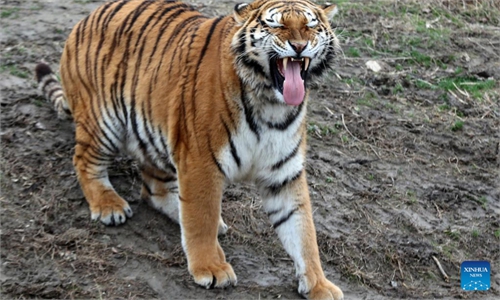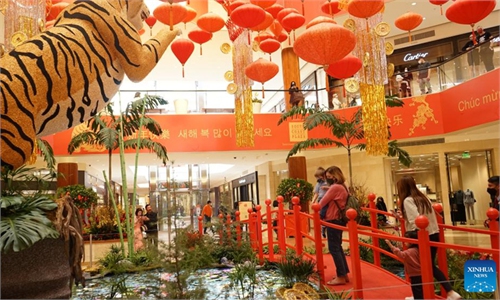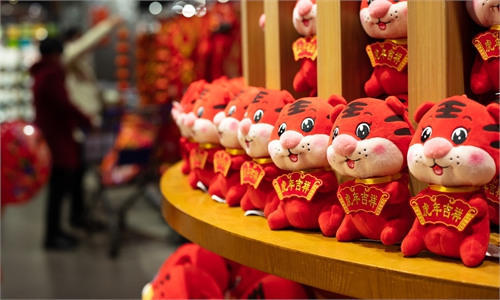According to the Chinese Zodiac calendar, 2022 marks the Year of the Tiger, the third one of 12 zodiac animals based on the Heavenly Stems and Branches chart in Chinese traditional culture. The Tiger, known as king of all beasts in China, has had a close relationship with the Chinese people since ancient times. The animal bears great symbolism - power and daring, and a subject of awe and fear, and is prized for its beauty and majesty, adored by Chinese people and featured heavily in Chinese culture.
Here are just some of the many cultural elements attributed to the tiger going back thousands of years.
Earliest 'tiger'
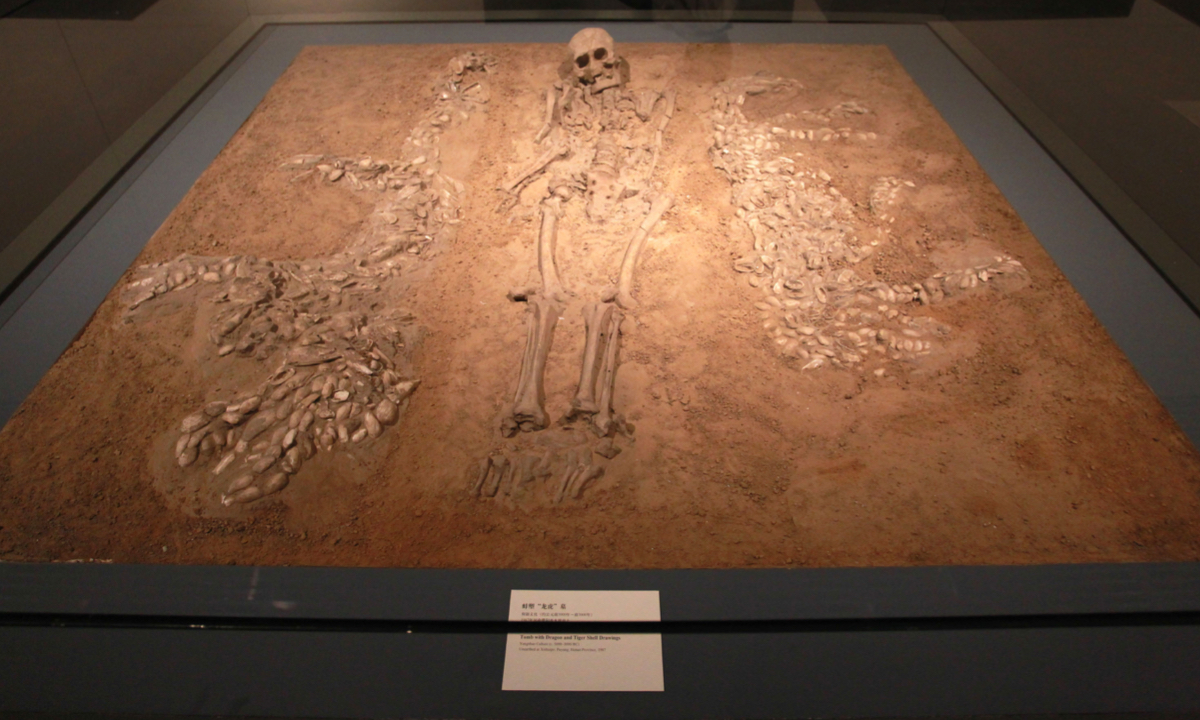
A shell "tiger" dating back to more than 6,000 years ago was found in a Neolithic Yangshao culture burial site in Puyang, Central China's Henan Province by Chinese archaeologists in 1987.
A person was buried between a dragon and tiger made of white clam shells. On the left side of the remains was the tiger pattern. The tiger's head faced north and its back faced east. It was 1.39 meters long and 0.63 meters high.
The earliest "tiger" opens its mouth and stares straight ahead, with a hung tail when walking and looks lifelike.
The tiger and dragon patterns prove that the two very important symbols in Chinese culture, which started from the Neolithic period.
The Yangshao culture was a Neolithic culture extensively along the Yellow River in China.
The most mysterious tigers
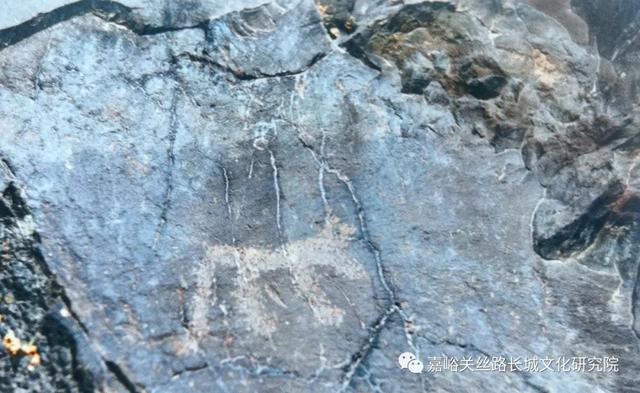
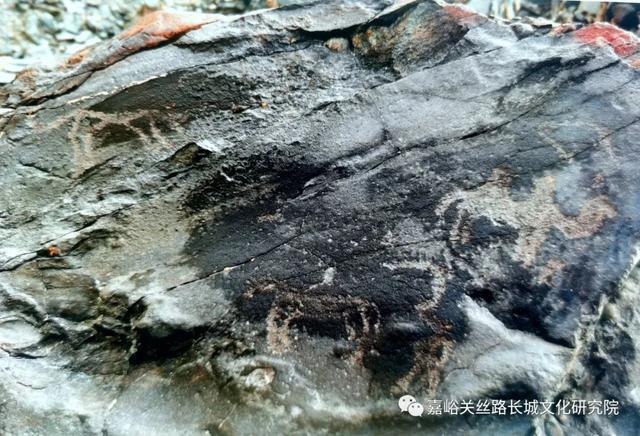
Tigers are one of the main themes in the ancient rock art carvings found in China. They were seldom mentioned in the history of Northwest China's Qinghai Province, but were seen in rock art carvings from different ages. They were seen in carvings found in Haibei Tibetan Autonomous Prefecture, which dates back to the Bronze Age. In a carving found in the Tibetan Autonomous Prefecture believed to have been carved in the Wei and Jin dynasties (AD 220-420), a tiger is depicted devouring a yak, an animal unique to the Qinghai-Xizang(Tibet) Plateau. Scholars said it was depiction of real life, confirming their existence in Qinghai.
Tigers are also a main theme in the carvings found in the Helan Mountains in Northwest China's Ningxia Hui Autonomous Region, and in Beishan in Yongchang county, Gansu Province. In carvings found in these two places, at least 29 depict tigers. Some are alone, some in pairs, and some an ambush; some are stalking while others are the prey.
Scholars said these carvings could date back to before bronze tiger ornaments and bronze swords popularity.
In the Heishan rock art carvings in Jiayuguan, Gansu Province, three are about tigers. One is 0.1 meters long and 0.09 meters tall. A tiger with a big head, slender body, and long legs heads north, its long tail trailing on the ground.
The other shows a tiger 0.20 meters long and 0.15 meters high. The tiger, with a big head and pointed ears, has its mouth open.
The third piece, one meter long and 0.9 meters high, contains four drawings: a tiger, a camel, a horse, and a whip wielder. The tiger takes up the upper left corner of the entire painting. Its mouth is open, its head lowered, and tail rolled, about to attack. It looks vivid, as if it is about to jump from the rock.
The fact that tigers are often seen in rock art carvings indicates that the Heishan area used to be an animal paradise with high mountains and thick forests, and abundant water and ample grass.
The 'tiger' with 'the most beautiful sound'
The "tiger" with the "most beautiful sound" is the Chunyu, an ancient, oblong percussion musical instrument whose top has a tiger-shaped handle. As a forbearer in ancient China, it was created in the Spring and Autumn Period (770BC-476BC), and was widely used in the Han Dynasty (206BC-AD220).
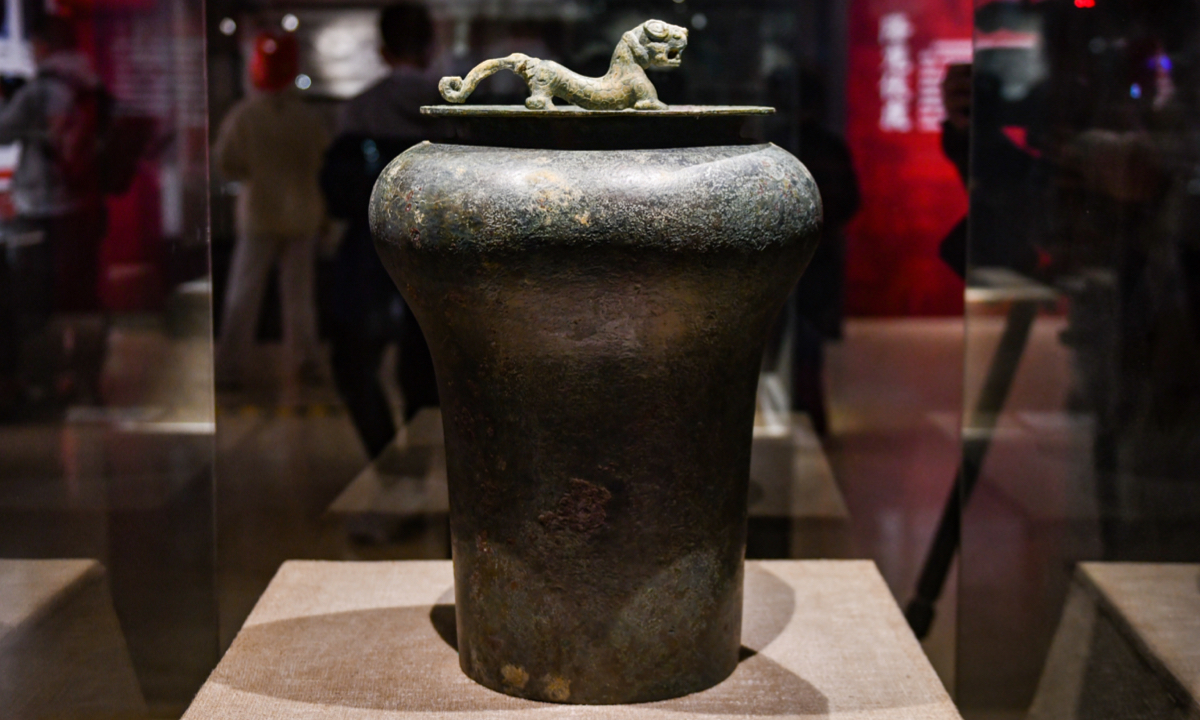
Currently, the number of Chunyu is estimated at 100 pieces, 60 of which have tiger handles. The largest such chunyu was unearthed in Southwest China's Sichuan Province in October 2009, and is displayed in Shifang Museum, Sichuan Province.
The artifact's body is inscribed with cloud patterns. Its overall height is 85 cm, the face diameter is 41 cm, the shoulder diameter is 44 cm, and the bottom diameter is 28 cm. The tiger-shaped handle is 32 cm long, 8 cm wide. The tiger's mouth is wide open, and its fangs are raised, a media outlet based in Sichuan Province reported.
Such tiger handle decorations are unique, are of great significance to the study of rhythm and cultural nuance in ancient China, according to the official website of the museum.
The Chunyu was originally used for military purposes. On the ancient battlefield, the chunyu and drum were used in tandem to signal advance or retreat. It later was used for sacrifices and feasts.
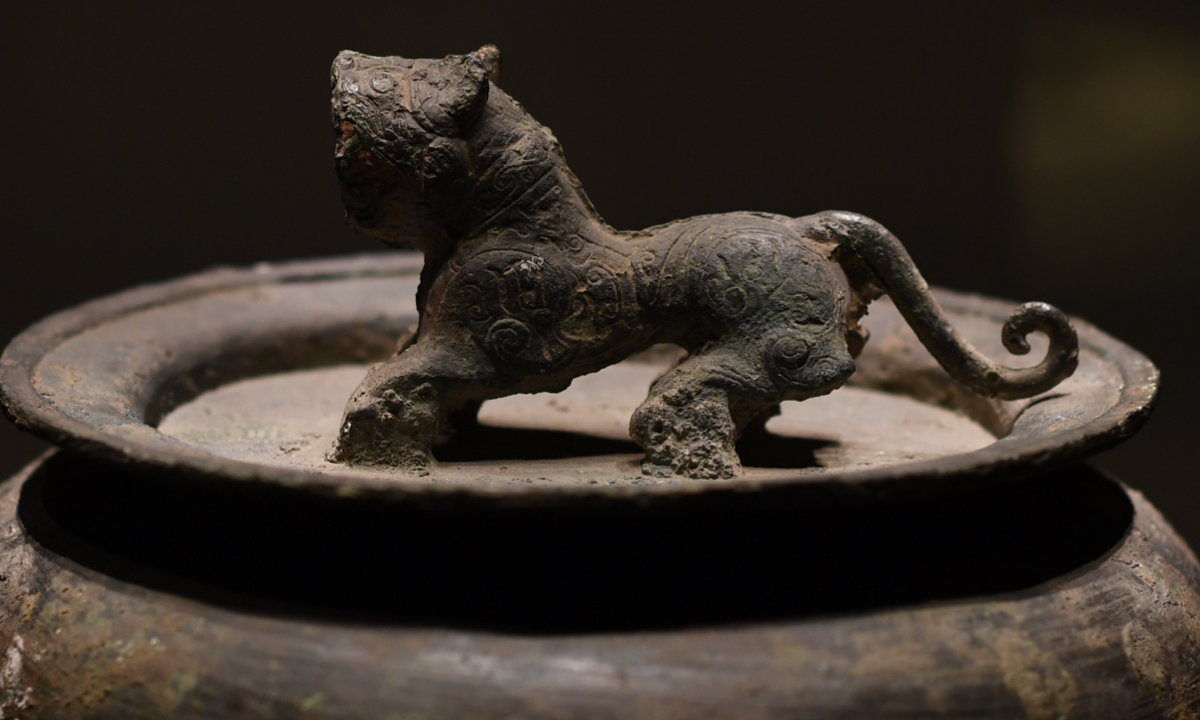
Experts said that the relic proved that people in Ba state, an ancient state in eastern Sichuan Province, treated the white tiger as a totem. According to historical records, a wise emperor in Ba state was transfigured into a white tiger after his death. Thus starting the worship of white tigers, and the huniuchunyu came into birth afterwards, according to the report of Cover News.
The most 'expensive' tiger
In 2010, a tiger painting by well-known 20th century Chinese artist Qi Baishi, was auctioned off at a staggering of $3.6 million at Sotheby's spring sale in China's Hong Kong, making this ink painting the most expensive among all Chinese tiger artworks. The high price was because of its extreme rarity and timing.
Born in 1864 in the Qing Dynasty (1644-1911), Qi's works range from birds, to insects, flowers, and other nature elements. Yet he seldom composed works featuring such a huge beast at its core.
Among only several tiger paintings made by Qi, this one was in fact a present to his good friend, Yang Hu, and was painted when Qi was in his 90s, according to China Central Television, while Qi's second most famous tiger work has been collected in Beijing's Palace Museum since 1957.
What's more, the fact of how the form of the tiger was depicted is also rare in China's tiger paintings. Unlike most paintings which focus on the tigers' facade, Qi painted his tiger from the back, where one can still feel the sturdiness and strength of its body through the rendering of the twisted but muscular figure without showing the animal's face.
In addition to the rarity, the auction 12 years ago was also in the Year of the Tiger, a symbol of strength, exorcism, and bravery in Chinese traditional culture.
As the third animal in Chinese zodiac, this species has inspired artists in China for thousands of years. For example, Shi Ke, a well-known artist from the Northern Song Dynasty (960-1127), depicted a monk asleep on a tiger, to illustrate Buddhism. What's more, contemporary artist, Zhang Shanzi (1882-1940), reared two tiger cubs at his home in order to better study them.

As an animal symbol with a positive meaning, the "tiger" element has been used quite often in folk handicrafts designs. The most iconic one is the tiger-head shoes, which is a type of traditionally handmade piece of footwear made particularly for children in the hope that the younger generation will grow up with abundant luck, strength, and courage.
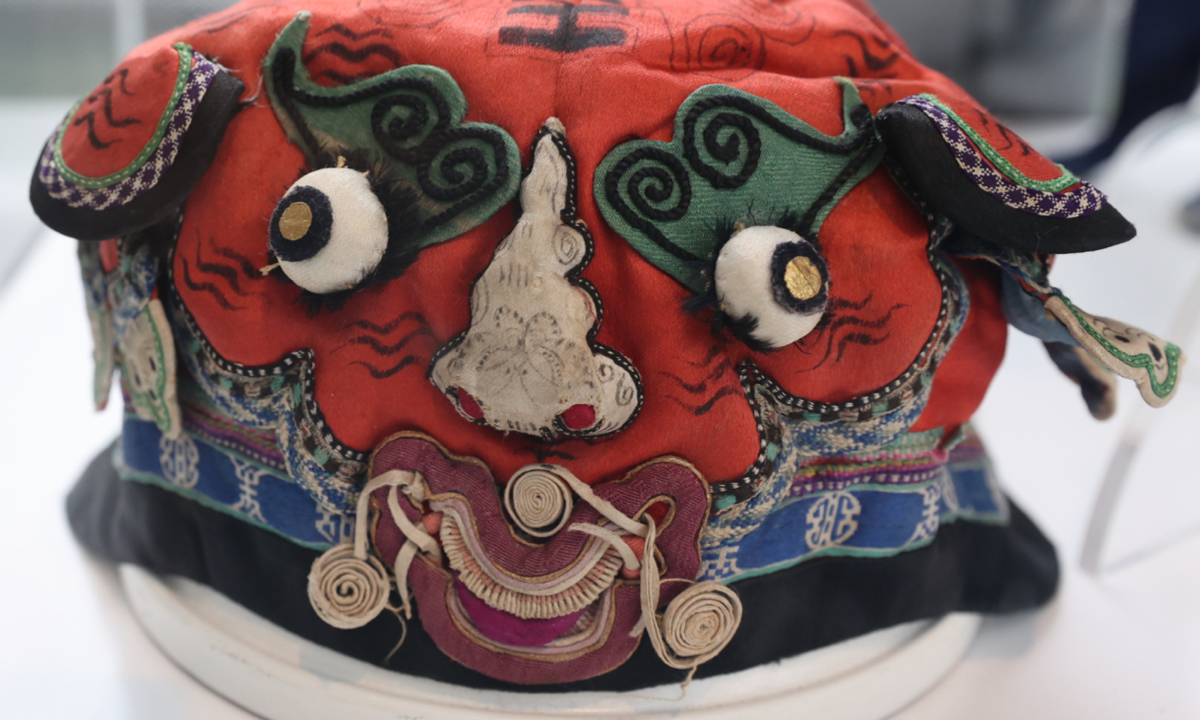
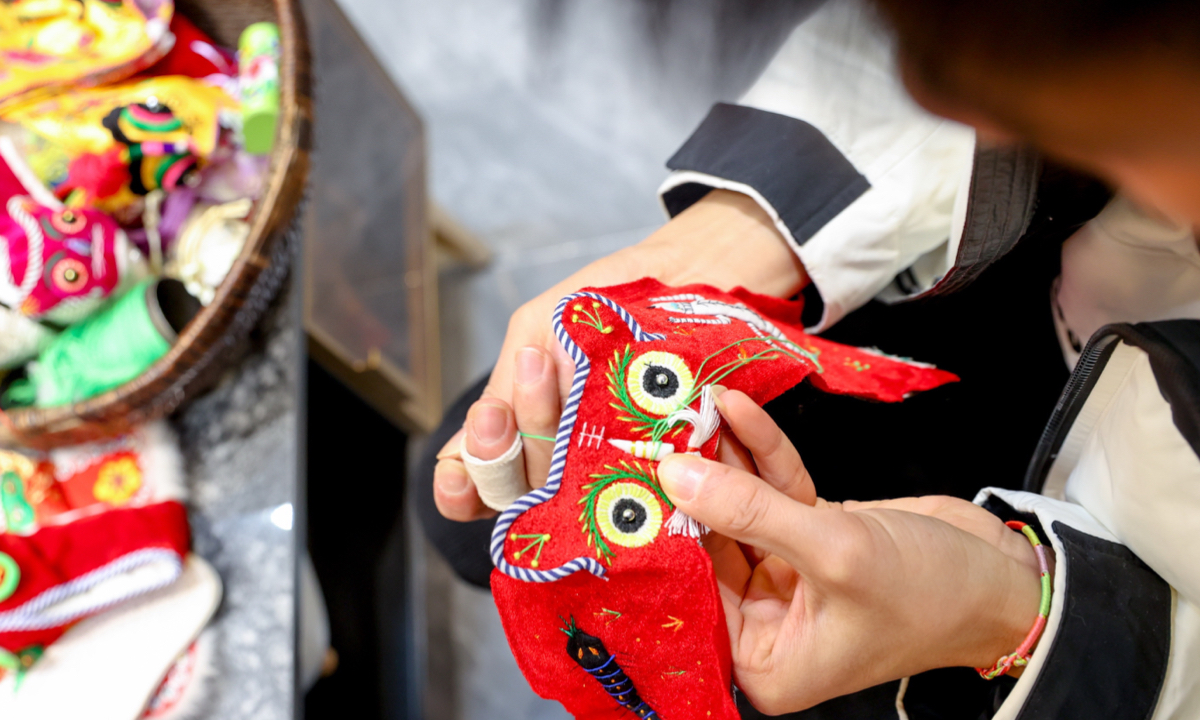
The tiger-head shoe design adopts the general form of the traditional Chinese fabric shoes, but its shoe head is embroidered with a vivid tiger-head pattern. Most are made in red and yellow, which also connotes auspiciousness. Although this shoe design originated in North China, it has become popular in other cities down south, for example, the silk-made tiger-head shoes are popular in Zhejiang and Jiangsu provinces due to their booming silk industries.
The manufacturing technique of such shoes has also been listed as part of China's intangible cultural heritage. It shows the ingenuity of the traditional Chinese textile industry.
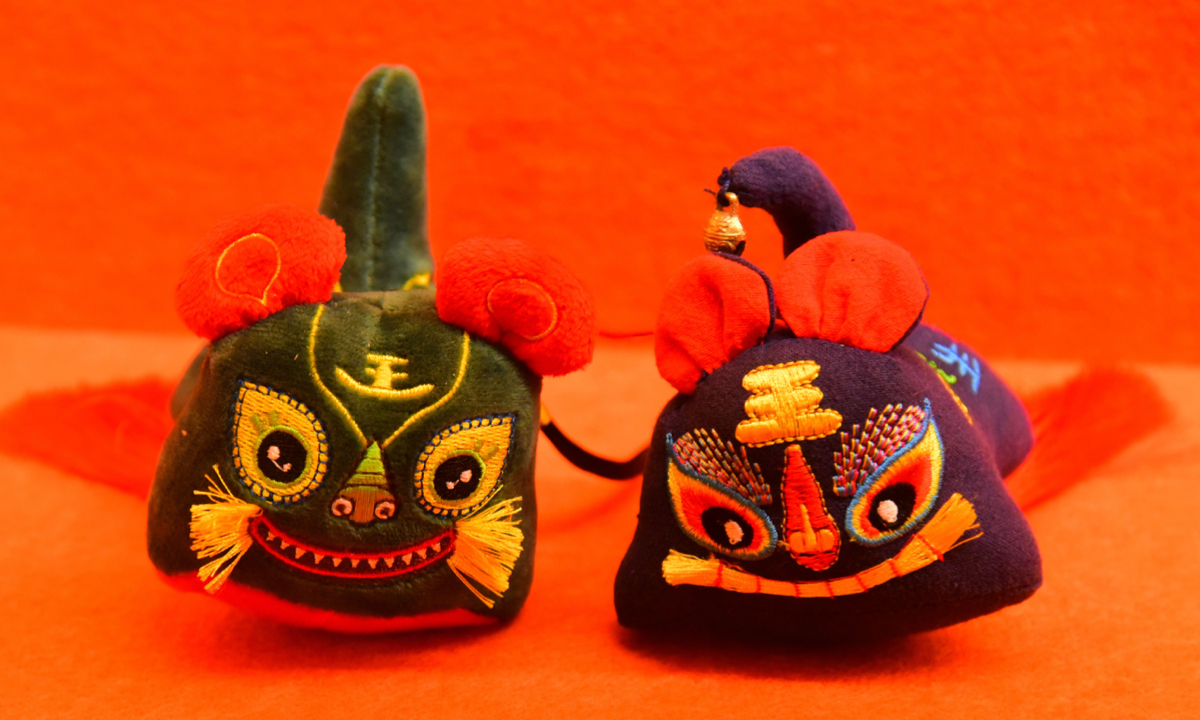
Aside from the tiger-head shoe, there are other tiger-shaped textile handicrafts such as the tiger pillow, tiger hat, and the "cloth tiger," which is a traditional Chinese stuffed fabric toy, that's alsobeen listed in the National Intangible Cultural Heritage List in 2008. The "cloth tiger" and the tiger pillow in China's folk tradition are sometimes stuffed with foodstuffs such as buckwheat husk. With the tiger pattern, such objects are believed to defend against evil and strengthen those who use them.
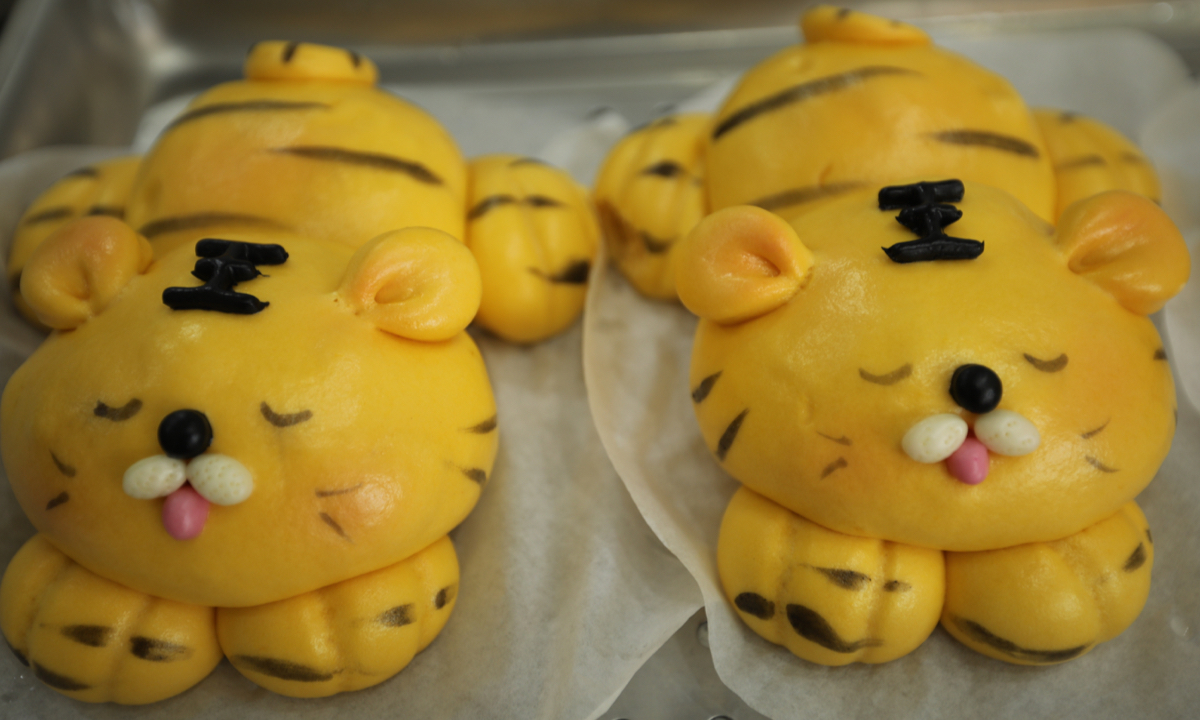
Following the "blessing tiger" folk tradition, a new born baby can also be named "tiger boy" and "tiger girl." Such nicknames are believed to bless the baby with good health and strength similar to that of a tiger. Elements of the tiger have also been used in Chinese pastries. Tiger-shaped buns are also a popular festival pastry mainly served as snacks and a desert during the New Year feast. Experienced pastry chefs color plain dough with natural food-safe dyes, and use them to make a vivid 3D tiger figure that is cute and fun to play with like play dough. The particular pastry has been given the meaning of "luck" and "fortune" to welcome guests.
